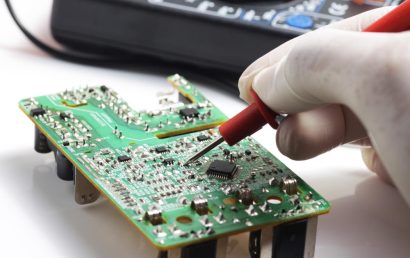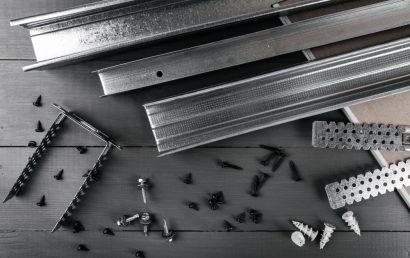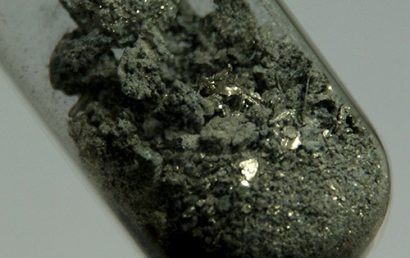What Are The Causes Of Pipeline Corrosion?
When metal reacts with its environment via an electrochemical process to form a compound such as oxide, this is referred to as corrosion. It results in progressive destruction and degradation. A corrosion cell causes this process and consists of a cathodic area, an anodic area, and a metallic connection between the two. Also included is an electrolyte in which the cathodic and anodic areas are immersed.
Pipeline corrosion is a distinct problem in industries that depend on pipelines to transport products like slurry, refined petroleum products, natural gas, crude oil, etc. The subsector of pipeline transportation is part of the warehousing and transportation sector.
For processing into everyday products, pipelines transport gas and crude oil to refineries. Pipelines transport products from there through enormous infrastructures which provide fuel for our planes, trucks, cars, and ships. The gas supply can also be used for cooking food, heating businesses and homes, and more.
Oxygen and Corrosion
The consumption of oxygen is involved in the cathodic reaction in nearly neutral solutions. On a continuous pipeline, two opposing effects arise courtesy of different levels of oxygen availability.
- Metal becomes anodic in poorly oxygenated soils.
- Metal becomes cathodic in well oxygenated soils.
This results in the following effects:
- Longline corrosion or long-distance differential aeration affect – In well oxygenated soil, a large area of pipeline can remain stable and act as a cathode. Current flow along the pipeline can be caused by the coupling of a more distant, poorly oxygenated area and this particular region of pipe. In some instances, this can occur over several kilometers/miles. What are the consequences? The poorly oxygenated area corrodes and becomes anodic.
- Local effect – The cathodic reaction of oxygen reduction can proceed easily in well oxygenated soil. In adjacent areas, anodic metal dissolution is stimulated. The cathodic reaction is stifled, in general, in poorly oxygenated areas. So, a correspondingly low corrosion of anodic areas may result.
All in all, elemental factors that can affect the pace of corrosion are as follows:
- Humidity
- Acid rain
- Chemical salts
- High temperatures
- And as mentioned above, oxygen
Soil and Water Conductivity
A significant role is also played by soil and water conductivity. Compared to soils of high resistance, soils of low resistance allow a corrosion current to flow more easily. Additionally, differential concentration/aeration cell effects can affect a pipe that passes through differently composed soils caused by the construction process or those caused naturally.
The Effects of Corrosion
Affecting our most public and private assets, the economy suffers, and investments can be lost due to the effects of corrosion where bridges, tunnels, pipelines, etc. are concerned. With improved management practices, corrosion resistant coatings, and more, businesses can cut corrosion costs.
Without these measures in place, billions of dollars are wasted every year in the United States due to the effects of corrosion. Additionally, when pipelines corrode, their integrity is threatened. This, in turn, poses a great threat to the environment.
Fighting Corrosion
There are numerous strategies being utilized today that can offer reliable, cost-effective corrosion prevention. Methods through which to battle corrosion include the following:
- Sacrificial coatings – Here, the coating itself sacrifices itself so that the substrate is not affected by corrosion.
- Barrier coatings – This is exactly what it sounds like. A barrier is created to prevent corrosion from affecting the substrate beneath the coating.
Both of these types of coatings are available through A&A Coatings. If you have a problem with corrosion and you’re not sure how to go about remedying the situation, there is no one better to talk to than our educated, helpful staff.
Contact us today if you’d like to know how A&A Coatings can help when it comes to pipeline corrosion.



